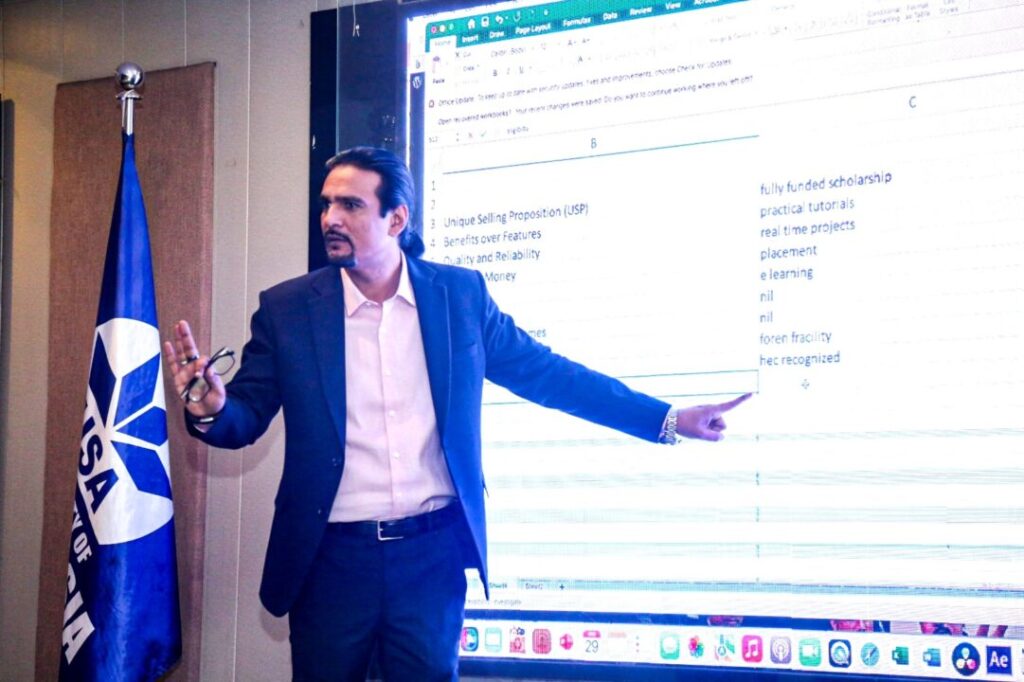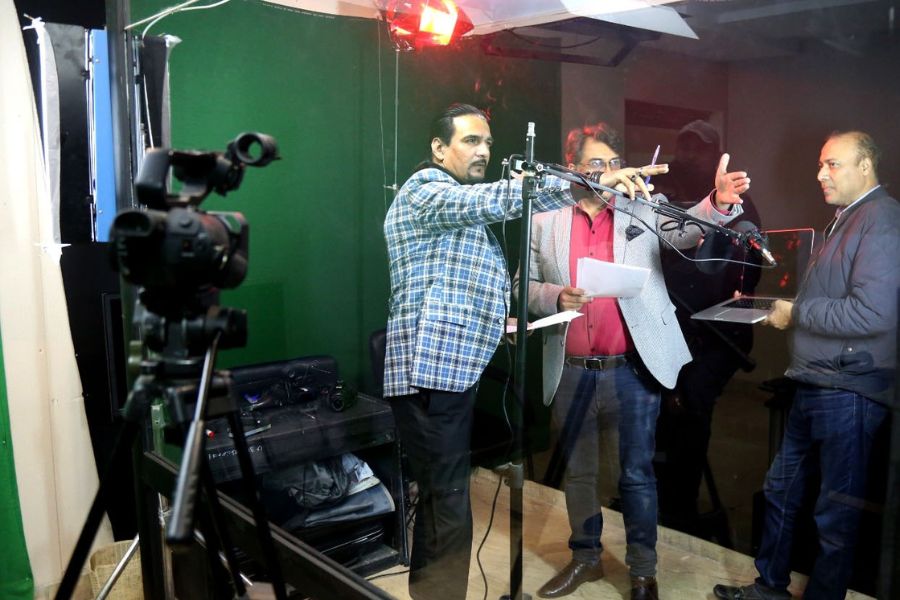Table of Contents
From the initial idea to the impactful screen, a filmmaker’s journey in creating powerful documentaries is a blend of artistry, meticulous planning, and a deep understanding of storytelling techniques. Documentaries hold immense potential to educate, inspire, and drive meaningful change. Let’s explore the key steps involved in crafting a documentary that resonates with audiences and makes a lasting impact.
1. Find Your Focus: Unearthing a Powerful Story
Passionate Filmmaking
Every impactful documentary starts with a passionate filmmaker driven by a cause or a story they feel compelled to share. Whether it’s shedding light on environmental issues, social injustices, or human triumphs, your passion fuels the narrative’s authenticity and resonance.
Researching Social Issues
Dive into the social issues or themes that ignite your passion. Conduct thorough research to understand the nuances, historical context, and current dynamics of the subject matter. This groundwork not only enriches your storytelling but also ensures factual accuracy and depth in your documentary.
Uncovering Untold Stories
Seek out untold stories within your chosen theme or delve into unique perspectives that offer fresh insights. The documentary “I Am Greta” stands as a testament to how focusing on the personal journey of climate activist Greta Thunberg amplified the urgency of the climate crisis.
2. Deep Dive: Research, Research, Research

Immersing in Knowledge
Immerse yourself in literature, interviews, and relevant documentaries related to your topic. Engage with experts, activists, and communities connected to your subject matter. This immersive approach enriches your understanding and helps you uncover compelling narratives.
Expert Insights
Tap into the wisdom of experts and individuals directly involved in your documentary’s theme. Their insights, experiences, and perspectives can add layers of authenticity and credibility to your storytelling, fostering a deeper connection with your audience.
Learning from Past Documentaries
Study successful documentaries that tackled similar themes. Analyze their storytelling techniques, narrative structures, and audience engagement strategies. Learning from past successes can guide your creative choices and narrative direction. Here are some examples of successful documentaries with analysis to inspire your own:
1. Super Size Me (2004):
This documentary by Morgan Spurlock explores the fast-food industry’s impact on health.
- Theme: Health and fast food consumption
- Techniques: Spurlock uses himself as a guinea pig, creating a unique and engaging narrative.
- Structure: The film follows a clear chronological format, documenting Spurlock’s health decline over a month.
- Engagement: The controversial experiment and Spurlock’s humor keep viewers hooked.
2. Man on Wire (2008):
This Oscar-winning documentary tells the story of Philippe Petit, who walked on a tightrope between the Twin Towers of the World Trade Center in 1974.
- Theme: Daring feat and human spirit
- Techniques: Archival footage, interviews, and re-enactments create a multi-layered story.
- Structure: The film builds suspense towards the main event – the tightrope walk.
- Engagement: The incredible story and high-wire footage leave viewers on the edge of their seats.
3. Icaruis (2017):
This documentary explores the rise and fall of Icarus sports doping investigator Bryan Fogel, uncovering a massive international conspiracy.
- Theme: Sports doping and corruption
- Techniques: The film uses a twisty narrative, where Fogel becomes entangled in the very problem he’s investigating.
- Structure: The story unfolds in a surprising way, keeping viewers guessing.
- Engagement: The unexpected turns and hidden truths make for a captivating documentary.
3. Craft Your Compelling Narrative
Creating Emotional Connections
Effective documentaries evoke emotions and empathy in viewers. Develop relatable characters whose journeys resonate with universal themes like resilience, hope, or transformation. Emotional engagement ensures that your message leaves a lasting impact.
Character Development
Whether it’s real-life individuals or symbolic representations, invest time in developing your documentary’s characters. Showcase their motivations, challenges, and growth arcs authentically. Viewers connect deeply with compelling characters, making your documentary memorable.
Story Arc and Challenges
Craft a cohesive story arc that unfolds organically, capturing the audience’s attention from start to finish. Highlight the challenges faced by your characters or the obstacles in addressing the documentary’s core theme. Overcoming adversity forms a compelling narrative backbone.
4. Pre-Production Powerhouse: Planning Makes Perfect
Detailed Treatment
Create a detailed treatment outlining your documentary’s narrative structure, key scenes, and character arcs. Plan interviews, filming locations, and necessary permissions well in advance. A clear roadmap streamlines production and ensures a cohesive final product.
Interview Subjects and Locations
Identify and connect with interview subjects who bring diverse perspectives and insights to your documentary. Scout locations that enhance the storytelling, providing visual depth and context to your narrative. Attention to detail during pre-production enhances the overall quality of your film.
Budgeting and Logistics
Allocate resources wisely, considering expenses for equipment, crew, travel, and post-production. Factor in unforeseen costs and timelines to avoid production delays. Effective budgeting and logistics management lay the foundation for a smooth filmmaking process.
5. Lights, Camera, Action! Capturing Your Vision as a Filmmaker
Empathy in Filmmaking
Approach filming with empathy and respect for your subjects and their stories. Create a comfortable environment that encourages openness and authenticity during interviews and observational filming. Building trust yields candid moments that enrich your documentary.
Capturing Emotions and Environments
Go beyond capturing words; focus on emotions, reactions, and the environmental context surrounding your subjects. Visual storytelling through compelling cinematography and sound design deepens the audience’s engagement, immersing them in your documentary’s world.
Importance of B-roll Footage
Incorporate B-roll footage thoughtfully to complement interviews and narration. B-roll adds visual interest, provides context, and transitions between scenes seamlessly. A well-curated collection of B-roll enhances storytelling dynamics and enriches the viewing experience.
- Visual Engagement: Instead of a static stream of interviews, B-roll injects life and interest with captivating visuals. For instance, a nature documentary benefits from scenic shots or detailed views of wildlife.
- Adding Context: When your subject mentions historical events or concepts, B-roll like archival footage or relevant scenes deepens understanding and connection to the narrative.
- Smooth Transitions: Transitioning between interviews or scenes can feel abrupt without B-roll. Using footage related to the theme or setting helps maintain a seamless flow, enhancing viewer immersion.”
6. Embrace the Edit: Shaping Your Masterpiece
The Art of Editing
Editing is where raw footage transforms into a cohesive narrative. Work closely with editors to structure scenes, fine-tune pacing, and effectively integrate visuals, music, and graphics. Experiment with different edits to find the most impactful storytelling rhythm.
Assembling Footage and Elements
Organize interviews, B-roll, archival footage and additional elements into a compelling narrative flow. Balance information, emotions, and visual appeal to engage viewers throughout the documentary. Collaborate with editors and sound designers for a polished final cut.
Flow and Impact of the Narrative
Ensure that your documentary’s narrative flows logically, maintaining audience interest and comprehension. Use editing techniques to emphasize key moments, build suspense, or evoke specific emotions. A well-crafted narrative arc leaves a lasting impression on viewers.
7. Find Your Audience: Sharing Your Story with the World

Film Festivals and Exposure
Submit your documentary to film festivals aligned with your documentary’s theme or genre. Festivals offer exposure, networking opportunities, and potential distribution deals. Leverage awards and recognition to expand your audience reach and industry connections.
Explore film festivals aligned with your documentary’s theme or genre on platforms like FilmFreeway or Withoutabox. Submitting your film can lead to exposure, networking, and distribution opportunities.
Leveraging Social Media
Harness the power of social media platforms to promote your documentary, engage with viewers, and spark conversations. Share behind-the-scenes content, teaser clips, and interactive polls to generate buzz and build a community around your film’s message.
Collaborations for Amplified Reach
Partner with NGOs, advocacy groups, or organizations relevant to your documentary’s theme. Collaborative screenings, panel discussions, or educational initiatives amplify your film’s impact beyond traditional viewing platforms. Cultivate partnerships for long-term engagement and advocacy.
i. Thematic Partnerships:
Documentary Theme: Environmental Protection
Partner: Environmental Working Group (EWG)
Collaboration: Host screenings of your documentary with EWG, followed by panel discussions featuring EWG scientists and activists. This utilizes EWG’s network to engage supporters and environmental advocates.
ii. Educational Initiatives:
Documentary Theme: Mental Health Awareness
Partner: National Alliance on Mental Illness (NAMI)
Collaboration: Develop educational toolkits inspired by your documentary for schools. This helps spread awareness about mental health among students, leveraging the expertise of NAMI.
Conclusion
In conclusion, crafting a powerful documentary entails a blend of creativity, research, meticulous planning, and effective storytelling techniques. From finding your narrative focus to engaging audiences globally, each step contributes to creating impactful documentaries that drive meaningful change.
Unique FAQs
1. How long does it typically take to produce a documentary from start to finish?
Producing a documentary can vary widely based on factors like complexity, budget, and research needs. It can take anywhere from several months to several years to complete a documentary project.
2. Do documentaries always need a central character or protagonist?
While many documentaries feature central characters or protagonists, not all documentaries follow this structure. Some documentaries focus on themes, events, or broader societal issues without a singular character narrative.
3. What role does music play in documentary filmmaking?
Music serves as a powerful tool in setting the tone, enhancing emotions, and guiding the audience’s emotional journey. It complements visuals and narration, adding depth and impact to key moments in the documentary.
4. How important is it to secure distribution for a documentary?
Distribution is crucial for reaching a wider audience and maximizing the impact of your documentary. Explore various distribution channels such as streaming platforms, film festivals, educational institutions, and community screenings.
5. Can documentaries create real-world change?
Yes, documentaries have the potential to raise awareness, stimulate discussions, influence public opinion, and catalyze social or policy changes. A well-crafted documentary can inspire action and contribute to positive societal transformations.

